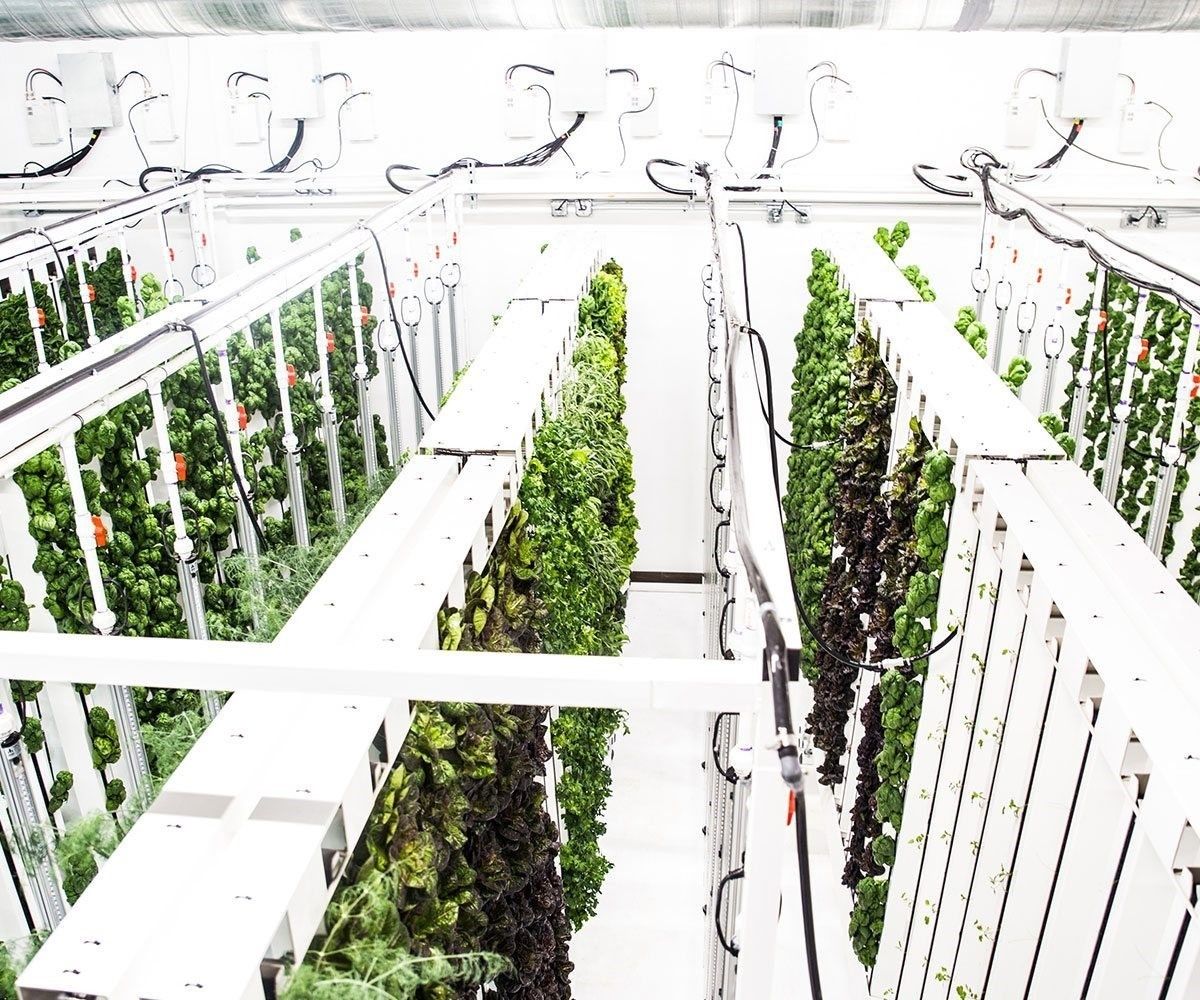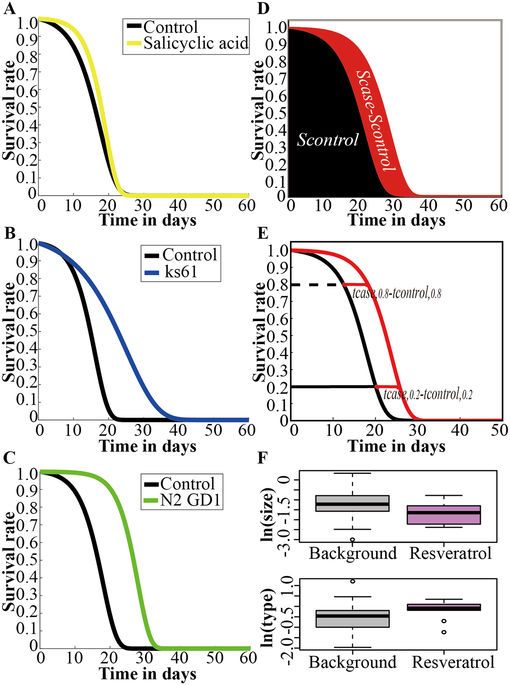It’s what’s inside that counts.
What happens when you bring agriculture, technology and architecture together?




The mice helped the tiny organoids get nutrients, oxygen, and even start developing human neurons.
Getty Images
Scientists at the Salk Institute implanted lentil-sized human brain organoids into the heads of mice, then closed it with a transparent window. The mice looked and behaved like ordinary mice, while supplying blood and nutrients to keep human brains developing for months.

Two historic events happened this past week that will lay the groundwork for the future of American space exploration.
First, after a close vote in the Senate, Rep. Jim Bridenstine, R-Okla. – a former Navy combat pilot – was confirmed as the new head of NASA. I am confident he will be a strong leader in space exploration as we begin a new era of innovation, technological advancement and limitless exploration.
Second, Vice President Mike Pence laid out a bold vision for America’s future in space exploration during his opening remarks at the Space Foundation’s 34th Annual Space Symposium in Colorado. The vice president showed the Trump administration’s commitment to restoring American leadership in space, rightly pointing out that “we stand at the dawn of a new era of human activity in space; a turning point that will bring new opportunities and new challenges.”

Https://paper.li/e-1437691924#/
Keyword entry for the Posthuman Glossary edited by Braidotti and Hlavajova.

“Old age isn’t a battle,” she says, quoting Philip Roth, “old age is a massacre.” In the past few years, she has given up on screenings and scans. Not that she is lazy or suicidal. But at 76, she considers herself old enough to die. All the self-help books aimed at her age group tell her otherwise; they talk of “active ageing”, “productive ageing”, “anti-ageing”, even “reverse-ageing”, with a long life promised to anyone who makes an effort, regardless of factors such as genetics or poverty. But to her, ageing is “an accumulation of disabilities”, which no amount of physical activity or rigorous self-denial can prevent. If she has symptoms, she’ll have them investigated. But when a doctor tells her there could be an undetected problem of some kind, she won’t play along.
A great iconoclast has written a polemic about ageing that sends up New Age platitudes and is full of scepticism of the wellness industry.
Blake Morrison
Thu 12 Apr 2018 02.30 EDT Last modified on Fri 13 Apr 2018 19.10 EDT.

Beyond this, another aim of the mission is to increase our knowledge of atmospheric processes and ocean circulation patterns that affect climate and weather. The ocean is also an important subject of study to the Swarm mission because of the small ways in which it contributes to Earth’s magnetic field. Basically, as the ocean’s salty water flows through Earth’s magnetic field, it generates an electric current that induces a magnetic signal.
Because this field is so small, it is extremely difficult to measure. However, the Swarm mission has managed to do just that in remarkable detail. These results, which were presented at the EGU 2018 meeting, were turned into an animation (shown below), which shows how the tidal magnetic signal changes over a 24 hour period.
As you can see, the animation shows temperature changes in the Earth’s oceans over the course of the day, shifting from north to south and ranging from deeper depths to shallower, coastal regions. These changes have a minute effect on Earth’s magnetic field, ranging from 2.5 to −2.5 microtesla. As Nils Olsen, from the Technical University of Denmark, explained in a ESA press release:

If you aren’t freaked out by privacy concerns of DNA testing kits (basically, they may sell anonymized genetic data, but not personally identifiable data), the tests are getting better, and 23andMe’s are on sale today.
A random-code technique has been used at Arecibo to obtain delay-Doppler radar images of the full disk of Mercury. Anomalously bright features were found at the north and south poles. The north polar feature is oblong (4° by 8°) and offset from the pole. The smaller south polar feature is mostly confined to the floor of the crater Chao Meng-Fu. The polar locations and radar properties of these features indicate that they may be produced by volume scattering in ice. The images also reveal a variety of more subdued reflectivity features ranging in size from hundreds to thousands of kilometers; some of these appear to have an impact origin.